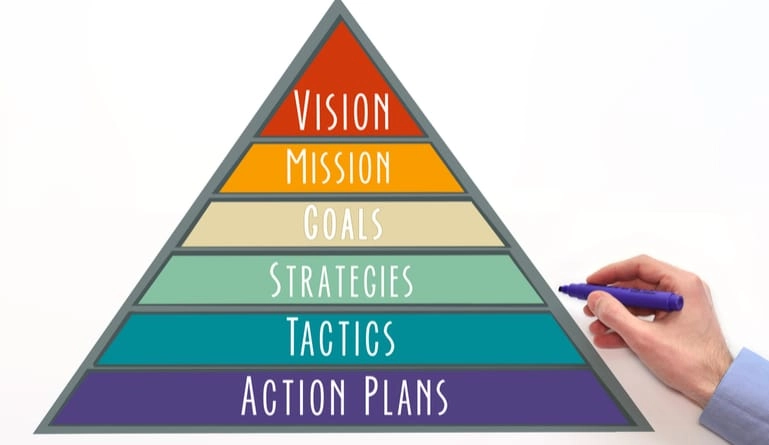The razor and blade business model has been in use by companies for many years but is most commonly associated with Gillette, the popular razor and razor blade company. Razors are a relatively low-cost item and, for some people, a one-time investment. How does a business operate profitably when their main product is inexpensive and not bought multiple times? By requiring it to be used with another product that only that company sells – in this case, razor blades.
Is the razor and blade model the right approach for your business?
Understanding if the razor and blade model of business could be beneficial for your business.
Gillette razor blades can only be used with Gillette razors, and people need to continually buy new blades as old ones dull. Where many businesses often sell a big-ticket item, such as furniture like a couch or desk, and try to create additional revenue from ancillary or accessory products like lamps and chairs, this model flips that onto its head.
Investopedia describes this business model as “designed to generate reliable, recurring income by locking a consumer onto a platform or proprietary tool for a long period. It is often employed with consumable goods, such as razors and their proprietary blades. The concept is similar to the ‘freemium,’ in which digital products and services (such as email, games or messaging) are given away for free with the expectation of making money later on upgraded services or added features.”
Many businesses have employed this strategy to great success. Here are some examples.
Examples of Razor and Blade Market Businesses
1. Amazon Kindle
While Kindle devices are fairly affordable, they can only be used with Kindle book software, so Amazon makes a profit for every Kindle book sold. In fact, this model has been so successful for them, Amazon no longer requires that users own a Kindle, but can also read from a free Kindle app on their smartphone or tablet.
2. Video game consoles
Companies like Sony and Microsoft, who created the PlayStation and Xbox gaming platforms, often deeply discount their gaming consoles to incentivize them being bought by consumers. While they may suffer a loss on the sale, they make a portion of every game sold for their system by video game developers.
3. Keurig
This coffee machine maker’s patent on their single-serve coffee cups has expired but once they were a leader in the razor and blade market. Their coffee machine was only able to be used with the single-serve pods they developed and sold, offering them a regular revenue stream.
4. Printers
Home and business-use printers require ink or laser cartridges to work, and each printer manufacturer usually creates a cartridge type that can only be used for that make and model printer, meaning users have to buy a specific style replacement, usually only available through the manufacturer.
5. Mobile phones
Many cell phone providers can offer phones at a discount or for free to customers, based on the fact that many devices can only be used on that cellular network, which users must pay for every month.
So is the razor and blade model a good idea for your business? It completely depends on what kind of product or service your business is offering. The key to an effective razor and blade execution is making sure that the “blade” products are proprietary to your brand and can only be used with your product. Anyone buying a couch, for instance, can go to another store and buy a chair that goes along with it. It’s also important to keep in mind things like patents and competitors copying your idea and producing it cheaper.
If you don’t already have a steady revenue generating model in place at your business, using the razor and blade example may help you develop new ideas, new revenue streams, and new product strategies.





